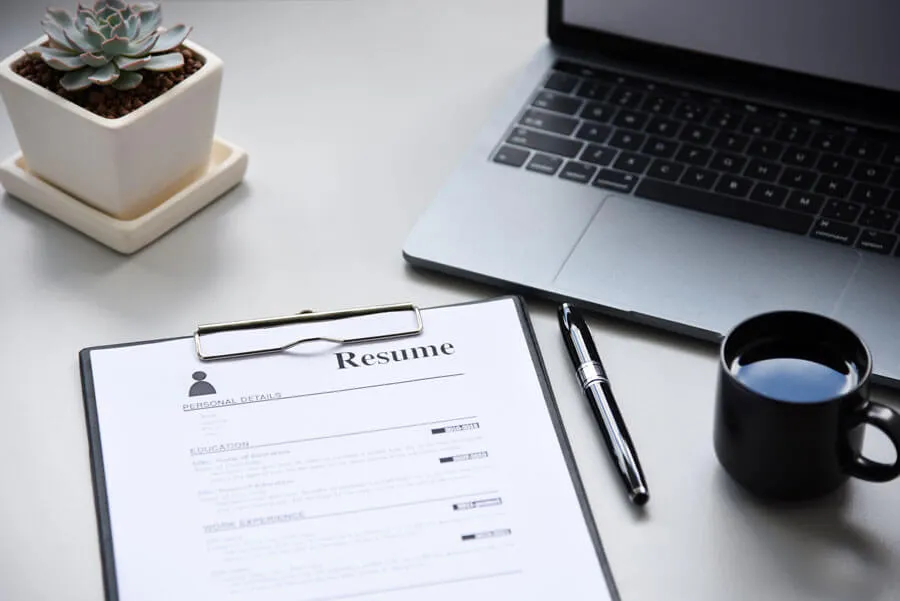What Makes a Strong Cover Letter and Resume
Crafting a compelling cover letter and resume is the cornerstone of a successful job application. These documents serve as your initial introduction to potential employers, and their effectiveness can significantly impact your chances of landing an interview. A strong cover letter and resume combination must be tailored to the specific job, highlighting your relevant skills and experiences. It should be well-written, error-free, and easy to read. The resume should provide a concise overview of your professional journey, while the cover letter offers an opportunity to elaborate on your qualifications and express your enthusiasm for the role.
Formatting Your Resume for Success
The format of your resume plays a crucial role in its readability and impact. Choose a clean and professional format that is easy on the eyes. Use clear headings and subheadings to organize information logically. Employ bullet points to present your accomplishments and responsibilities in a concise manner. Maintain consistent formatting throughout the document, including font size, spacing, and margins. The use of white space is important; avoid overcrowding the page. Consider using a modern resume template or creating your own to ensure a visually appealing and well-structured presentation of your qualifications.
Contact Information Section
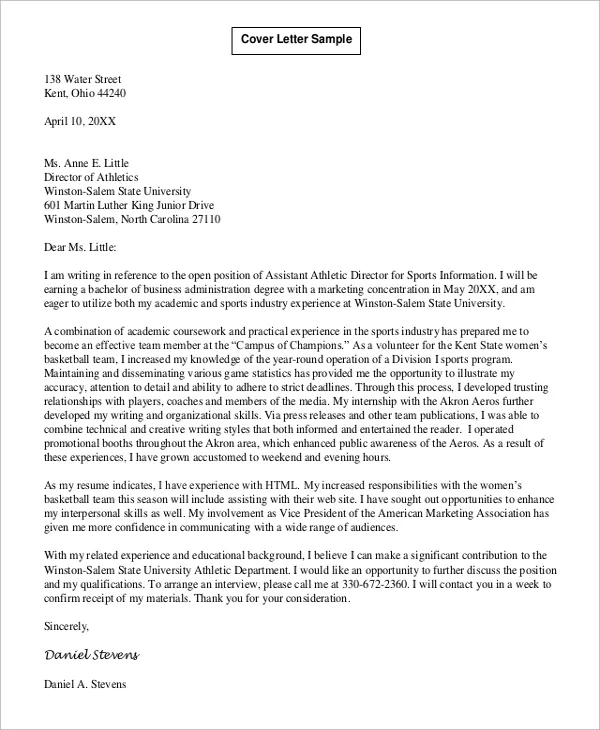
The contact information section is a fundamental element of your resume. It should prominently display your full name, phone number, email address, and LinkedIn profile URL (if applicable). Ensure your email address is professional; avoid using informal or outdated addresses. Double-check the accuracy of your contact details to ensure potential employers can easily reach you. Consider including a link to your online portfolio or professional website if relevant to your field.
Professional Summary Section
A professional summary is a brief overview of your skills, experience, and career goals. It’s positioned at the top of your resume and serves as a concise introduction to your qualifications. Tailor your summary to each job application, highlighting the most relevant skills and experiences. Keep it concise, typically no more than three to four sentences. It should capture the hiring manager’s attention and encourage them to read further. Emphasize your key strengths and what you bring to the table.
Skills Section
The skills section is where you showcase your abilities and proficiencies. Categorize your skills into relevant areas, such as technical skills, soft skills, and industry-specific skills. Be specific and provide examples of how you have utilized these skills in the past. Include both hard skills (technical abilities) and soft skills (interpersonal and communication abilities). Tailor this section to match the requirements outlined in the job description, highlighting the skills that align with the employer’s needs.
Work Experience Section
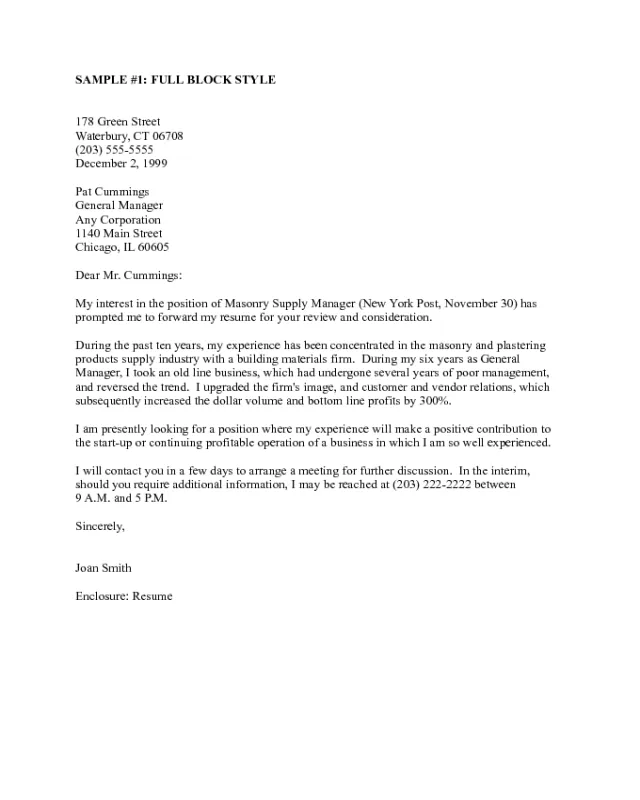
This section details your professional experience. List your work history in reverse chronological order, starting with your most recent role. For each position, include the company name, job title, dates of employment, and a concise description of your responsibilities and accomplishments. Use action verbs to describe your contributions and quantify your achievements whenever possible. Focus on the impact you made in each role, demonstrating your value to previous employers. Tailor the descriptions to match the requirements of the job you are applying for.
Education Section
Include your educational background in this section. List your degrees, institutions attended, and graduation dates. If you have a recent degree, you may include your GPA, relevant coursework, and any academic honors. If you have extensive work experience, you can keep the education section concise. Always include the name of the institution, degree earned, and graduation date. This section is important for showcasing your academic qualifications.
Key Elements of a Cover Letter
A cover letter is your opportunity to introduce yourself, elaborate on your qualifications, and express your interest in a specific job. It complements your resume by providing context and showcasing your personality and communication skills. A well-written cover letter can significantly increase your chances of securing an interview. It should be customized for each application, highlighting the skills and experiences most relevant to the role. The tone should be professional yet engaging, demonstrating your enthusiasm for the opportunity.
Header and Salutation

Start your cover letter with a professional header that includes your contact information and the date. Address the hiring manager by name if possible; if you cannot find a name, use a general salutation like “Dear Hiring Manager.” Personalizing the salutation shows you’ve taken the time to research the company and role, making a positive first impression.
Body Paragraphs
The body paragraphs of your cover letter are where you make your case for why you’re the best candidate. Briefly explain why you’re interested in the company and the specific role. Highlight your most relevant skills and experiences, providing specific examples of your accomplishments. Explain how your skills align with the job requirements and how you can contribute to the company’s success. Show enthusiasm and explain why you are a good fit for the company culture.
Closing and Call to Action
Conclude your cover letter with a strong closing paragraph. Reiterate your interest in the position and thank the hiring manager for their time and consideration. Include a call to action, such as expressing your eagerness to discuss your qualifications further in an interview. Use a professional closing, such as “Sincerely” or “Best regards,” followed by your name and contact information.
7 Top Cover Letter and Resume Examples
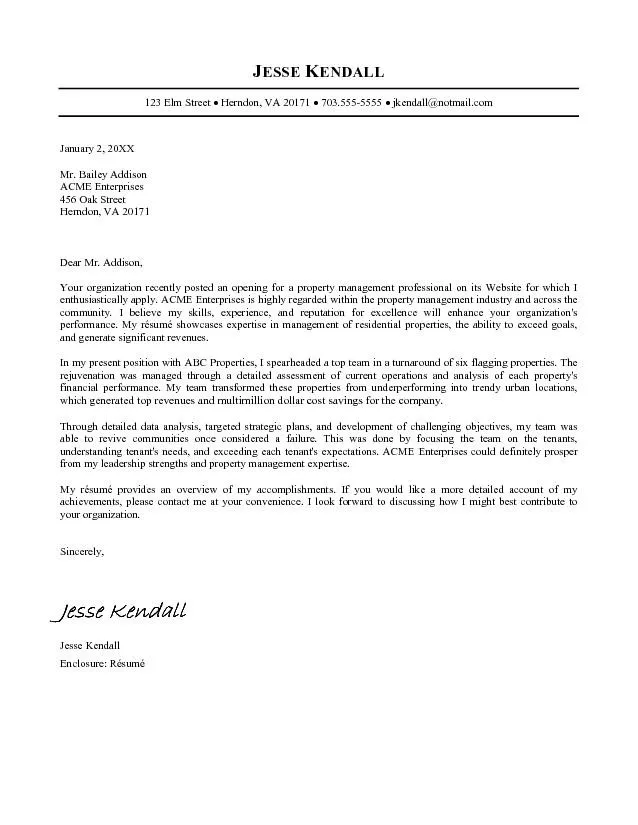
Reviewing different cover letter and resume samples can help you understand how to structure your documents effectively and tailor them to various job applications. The following examples illustrate different approaches and formats to help you craft your own compelling application materials.
Example 1 Recent Graduate
A recent graduate’s resume should emphasize education, relevant coursework, internships, and any volunteer experience. The cover letter should highlight the candidate’s enthusiasm, willingness to learn, and transferable skills. The resume may focus on projects and extracurricular activities to demonstrate skills and experience. The cover letter should express eagerness to contribute and grow within the organization. Images for these kind of roles should focus on the graduation event.
Example 2 Experienced Professional
An experienced professional’s resume should showcase a strong track record of accomplishments and a breadth of experience. The cover letter should highlight the candidate’s achievements and how they align with the job’s requirements. Focus on quantifiable results and demonstrate how their skills and experiences add value to the company. The cover letter should clearly outline their relevant experience, showcasing their successes and how those achievements can be transferred to the new role. Images for these kind of roles should focus on working in a professional environment.
Example 3 Career Changer
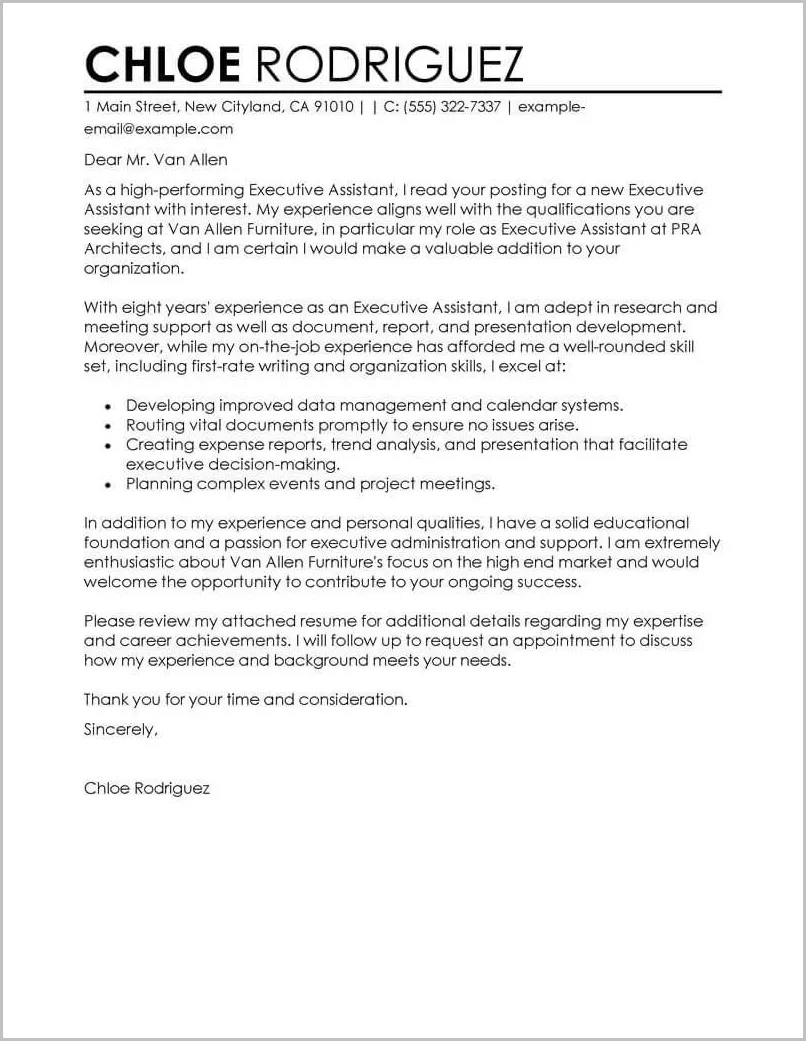
For a career changer, the resume should emphasize transferable skills and relevant experiences. The cover letter should explain the reasons for the career change and highlight how the candidate’s skills align with the new field. Focus on demonstrating a clear understanding of the new industry and showing their eagerness to learn. The cover letter should focus on transferable skills, demonstrating the value they can bring. Images for these kind of roles should focus on people learning or transitioning.
Example 4 Specific Industry
This sample should focus on the specific industry’s requirements. The resume format should align with industry standards. The cover letter should showcase industry-specific experience and knowledge. It’s crucial to highlight specialized skills and show a deep understanding of industry trends. The content should align with the industry standards and expectations. Images for this role should be specific for each industry (ex. construction).
Example 5 Targeted Job
This is tailored to a specific job description. The resume should mirror the keywords used in the job posting. The cover letter should address the specific requirements and demonstrate how the candidate’s skills match. Focus on the value you bring, directly aligning with the job’s key needs and expectations. Highlight how your skills and experiences align with the job description and the company’s values. Images for this role should be related to the key skills required for the targeted job.
Example 6 Combination Resume

The combination resume balances skills and experience effectively. It highlights both your skills and work history. The resume should emphasize the skills first and experiences second. This format is useful when you have relevant skills, but the experiences are limited or from various fields. Highlight both skill sets and work experiences, showing the ability to handle different types of tasks. Images for this role should focus on the combination of skills and experience.
Example 7 Functional Resume
The functional resume emphasizes skills over work history. This format is appropriate for individuals with gaps in their employment history or those changing careers. The resume should focus on skills instead of employment history. Highlight skills, but work experience is de-emphasized. It is important to remember that this format is not always appreciated by all hiring managers. Images for this role should focus on skills and expertise.
Tips for Customizing Your Cover Letter and Resume
Customization is crucial for job applications. Tailor your cover letter and resume to each specific job. Research the company and the role to understand their needs and expectations. Highlight the skills and experiences that align with the job description. This shows that you are serious about the opportunity and that you understand the requirements of the role. Be as specific as possible in your presentation.
Tailoring to the Job Description
Carefully review the job description and identify the key skills, experiences, and qualifications the employer is seeking. Then, tailor your resume and cover letter to reflect these requirements. Use the same keywords and phrases from the job description to demonstrate that you meet the needs of the role. Align your experience and skills with the requirements outlined. Prioritize highlighting the information that directly matches the employer’s needs.
Highlighting Relevant Skills
Emphasize the skills that are most relevant to the job. Include a dedicated skills section in your resume and highlight relevant skills throughout your cover letter. Provide specific examples of how you have utilized these skills in previous roles or projects. Quantify your achievements whenever possible to demonstrate the impact of your skills. Tailor this section to match the requirements outlined in the job description.
Proofreading and Editing
Proofread and edit your cover letter and resume carefully before submitting them. Typos, grammatical errors, and formatting issues can damage your credibility. Have someone else review your documents for errors. Check for consistency in formatting, grammar, and spelling. Proofread multiple times. This will help ensure the documents are polished and professional. Ensure that your application is free of errors.
Common Mistakes to Avoid
Avoid these common mistakes to increase your chances of getting hired. These errors can undermine your application, and may lead to the application being rejected. Taking the time to avoid these errors will significantly increase the chances of getting your application reviewed.
Generic Cover Letters
Do not use generic cover letters. Customize each cover letter to the specific job and company. Hiring managers can easily spot generic letters, which show a lack of interest in the specific opportunity. Show that you have researched the company. Tailor your letter to address the specific requirements. Personalize the letter to show genuine interest.
Typos and Grammatical Errors
Typos and grammatical errors can undermine your credibility. Proofread your cover letter and resume carefully. Always spell-check before submitting. Have another person review your documents. This shows a lack of attention to detail. Always check for any mistakes. Such errors can make your application look unprofessional.
Lying or Exaggerating
Never lie or exaggerate your skills or experiences. Dishonesty can lead to serious consequences. The employer can find out during background checks or when verifying references. It damages your reputation and can result in job termination. Be honest and truthful.
Using Outdated Formats
Avoid using outdated resume formats. Use a modern, clean format that is easy to read. Some older formats may be difficult to read. Ensure that you are using a format that is easy to understand and presents the information clearly.
